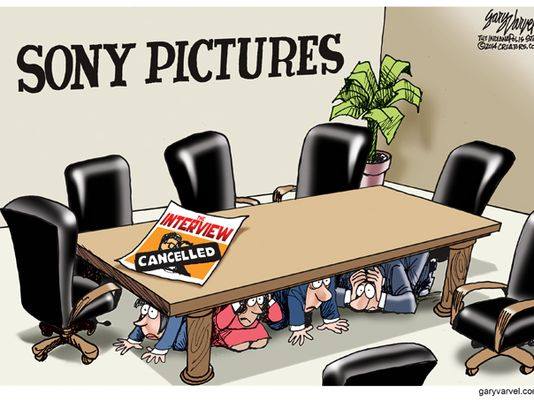
Art is a luxury. Historically, the majority of those who were accepted into the exclusive world of art were of affluence, nobility, or both. With such group affiliation came expectations of distinct behavior, mannerisms, and moral ground that differentiated them from the outsiders. The title of an artist insinuated a sense of grandiosity and royalty.
The movie that swept numerous awards at film festivals, including the prestigious Palme d’Or at the Canne’s, is The Square. The film features a story about an intelligent and attractive art museum curator, Christian. It follows Christian as he goes through several complications with work and personal life while preparing for an installation called “The Square.” The installation is described as “a sanctuary of trust and caring… within it we all share equal rights and obligations.” Essentially, the installation aims to symbolize social and self-awareness that is embedded in moral superiority.
However, as the movie progresses, the audience realizes that the movie is a satire about the hypocrisy and hyper-intellectualism of the elitist art world. This is revealed in several ways. Christian loses his phone and wallet from a street-theft, and in an attempt to catch the thief, he tracks the phone to a low-income housing complex and disseminates a threat note to every household in the complex. Eventually, the thief returns his belongings at a local convenience store. However, Christian comes to realize that during this process, he accused a boy of a crime he never committed. The boy follows him, urging him to vindicate him from the false accusations Christian imposed in front of his family. Despite the boy’s imploring request, Christian ignores the boy and conceals the truth. In the end, Christian tries to correct his wrong when faced with guilt, only to realize that the damage has been done and the boy’s family moved away.
Meanwhile, Christian faces another complication at the museum. The agency that was hired to promote the installation puts out a promotional video that stirs controversy. The video shows an impoverished girl entering “The Square” and getting killed by an explosion. The video receives critical response from the public and the art community. To resolve the situation, Christian opens up a press conference and resigns in apology. However, the conflict doesn’t end quite yet. During the press conference, Christian receives further criticism from the journalists for not being able to defend the video as merely a form of art and censoring his own work. This scene highlights socially inappropriate, and even criminal themes that emerge in artworks. But most importantly, by portraying Christian as a frontman with no in-depth insight into the intersection between political correctness and art delivery, the director degrades the art world and their ability to create or defend artwork thoughtfully and deliberately.
The most important scene in the movie is at this dinner gala that Christian attends, featuring a performance art played by Terry Notary. The entire performance is Terry Notary playing a gorilla man amidst the formal dinner that is polished and nicely presented. He is aggressive and animalistic, sharply contrasting with the properly dressed audience in the room. He rubs against people as he goes around the tables and brings out nervous laughter. However, the laughter stops when Notary violently grabs a young woman at a table, and attempts to mate (essentially rape) with her. No one in the room dares to do move until the very last minute when she cries out for help. Until a clear line is crossed, people are unsure of whether to stop the man, or praise the artistic and realistic portrayal of this animal. In the intensity of it all, formality crumbles and people come to realize the cowardice in their inaction.
All in all, “The Square” is a series of connected yet unconnected string of events, full of satirical message. It features moments of sharp commentary on the hypocrisy and bigotry of human nature by juxtaposing art (which is portrayed as high brow and honorable) to near-criminal behavior, often enacted by the main character, Christian. In this movie, he not only symbolizes the hypocrisies of the art world, but the fallacy of inherent goodness in the contemporary society. The director aims to deliver his message by portraying art and artists as something that we, as society, hold upright to be the noble and the shiny forefront, while veiling the ugly and the poor which are concealed under the surface of beauty that we so cherish. Perhaps, the director wanted to reveal that our society’s indifference toward the underprivileged and the disadvantaged IS the real crime.
Initially, the movie may seem overloaded. Each scene has some form of hidden message alluding to behaviors we commonly find in the modern society. However, if you decide to continue, it will be a long and thrilling ride– and you won’t be disappointed.






